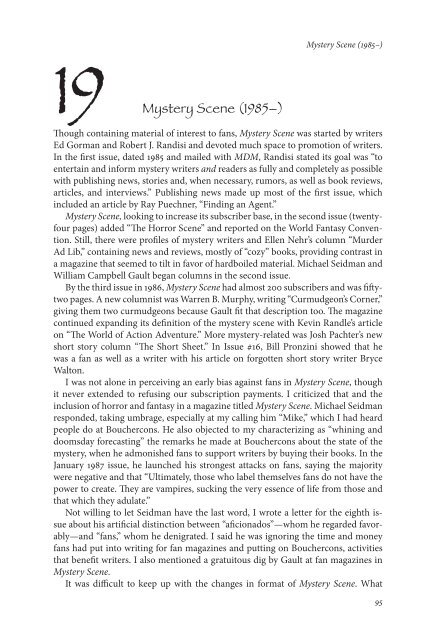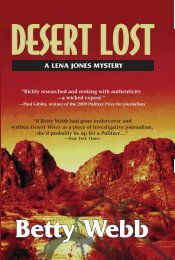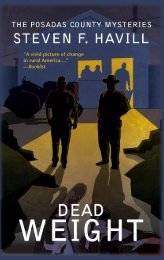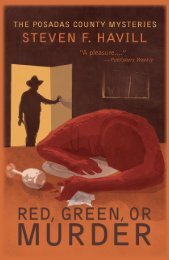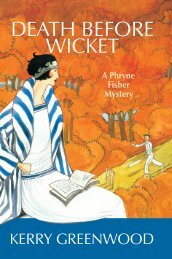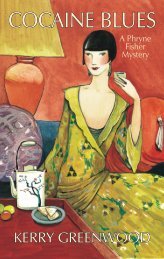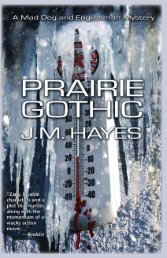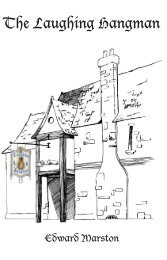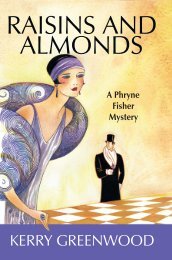The Heirs of Anthony Boucher Marvin Lachman
The Heirs of Anthony Boucher Marvin Lachman
The Heirs of Anthony Boucher Marvin Lachman
Create successful ePaper yourself
Turn your PDF publications into a flip-book with our unique Google optimized e-Paper software.
19 Mystery<br />
Scene (1985–)<br />
Mystery Scene (1 5–)<br />
Though containing material <strong>of</strong> interest to fans, Mystery Scene was started by writers<br />
Ed Gorman and Robert J. Randisi and devoted much space to promotion <strong>of</strong> writers.<br />
In the first issue, dated 1985 and mailed with MDM, Randisi stated its goal was “to<br />
entertain and inform mystery writers and readers as fully and completely as possible<br />
with publishing news, stories and, when necessary, rumors, as well as book reviews,<br />
articles, and interviews.” Publishing news made up most <strong>of</strong> the first issue, which<br />
included an article by Ray Puechner, “Finding an Agent.”<br />
Mystery Scene, looking to increase its subscriber base, in the second issue (twentyfour<br />
pages) added “<strong>The</strong> Horror Scene” and reported on the World Fantasy Convention.<br />
Still, there were pr<strong>of</strong>iles <strong>of</strong> mystery writers and Ellen Nehr’s column “Murder<br />
Ad Lib,” containing news and reviews, mostly <strong>of</strong> “cozy” books, providing contrast in<br />
a magazine that seemed to tilt in favor <strong>of</strong> hardboiled material. Michael Seidman and<br />
William Campbell Gault began columns in the second issue.<br />
By the third issue in 1986, Mystery Scene had almost 200 subscribers and was fiftytwo<br />
pages. A new columnist was Warren B. Murphy, writing “Curmudgeon’s Corner,”<br />
giving them two curmudgeons because Gault fit that description too. <strong>The</strong> magazine<br />
continued expanding its definition <strong>of</strong> the mystery scene with Kevin Randle’s article<br />
on “<strong>The</strong> World <strong>of</strong> Action Adventure.” More mystery-related was Josh Pachter’s new<br />
short story column “<strong>The</strong> Short Sheet.” In Issue #16, Bill Pronzini showed that he<br />
was a fan as well as a writer with his article on forgotten short story writer Bryce<br />
Walton.<br />
I was not alone in perceiving an early bias against fans in Mystery Scene, though<br />
it never extended to refusing our subscription payments. I criticized that and the<br />
inclusion <strong>of</strong> horror and fantasy in a magazine titled Mystery Scene. Michael Seidman<br />
responded, taking umbrage, especially at my calling him “Mike,” which I had heard<br />
people do at <strong>Boucher</strong>cons. He also objected to my characterizing as “whining and<br />
doomsday forecasting” the remarks he made at <strong>Boucher</strong>cons about the state <strong>of</strong> the<br />
mystery, when he admonished fans to support writers by buying their books. In the<br />
January 1987 issue, he launched his strongest attacks on fans, saying the majority<br />
were negative and that “Ultimately, those who label themselves fans do not have the<br />
power to create. <strong>The</strong>y are vampires, sucking the very essence <strong>of</strong> life from those and<br />
that which they adulate.”<br />
Not willing to let Seidman have the last word, I wrote a letter for the eighth issue<br />
about his artificial distinction between “aficionados”—whom he regarded favorably—and<br />
“fans,” whom he denigrated. I said he was ignoring the time and money<br />
fans had put into writing for fan magazines and putting on <strong>Boucher</strong>cons, activities<br />
that benefit writers. I also mentioned a gratuitous dig by Gault at fan magazines in<br />
Mystery Scene.<br />
It was difficult to keep up with the changes in format <strong>of</strong> Mystery Scene. What<br />
5


